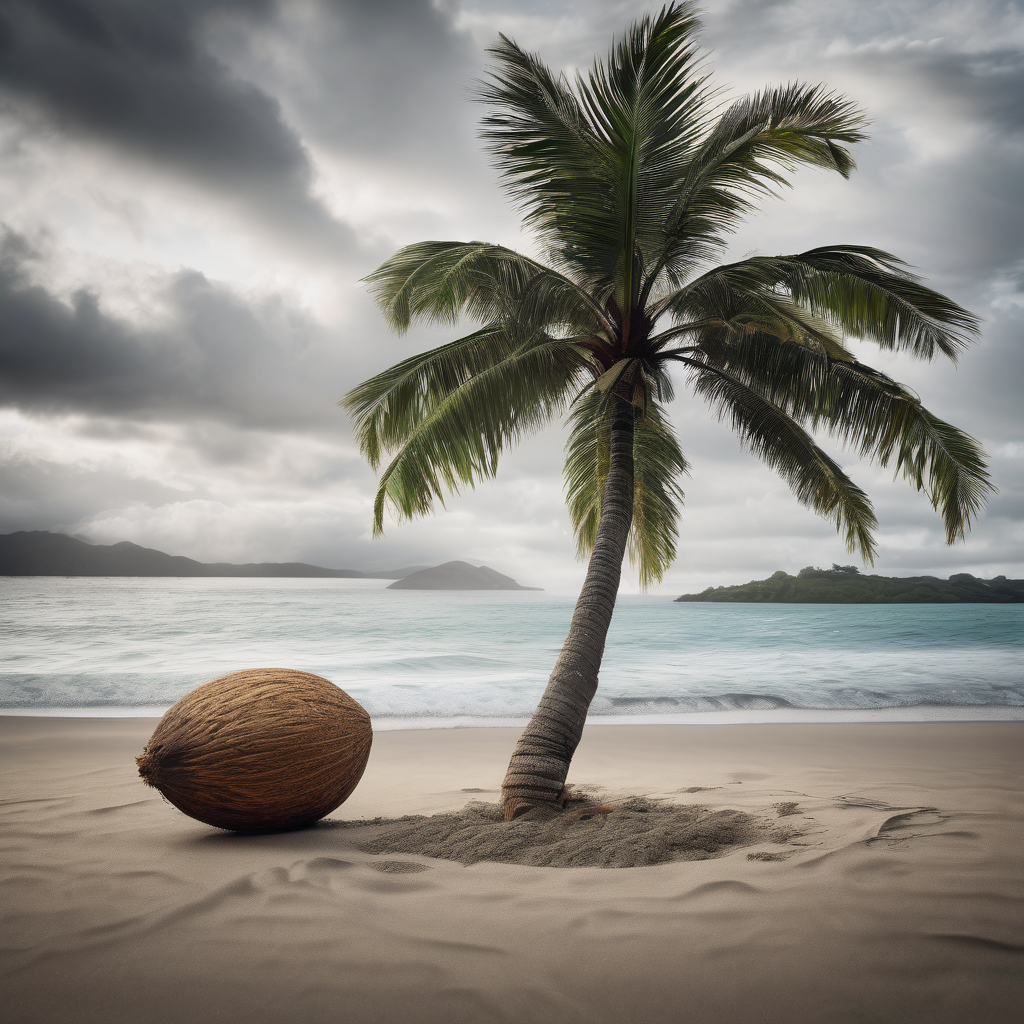Images of “sinking” Pacific islands have become powerful icons in the discourse surrounding climate change. However, a recent study from the University of Waikato suggests that these portrayals often overshadow significant political and economic factors, while minimizing the voices and proactive solutions of Pacific peoples. Dr. Olli Hellmann, an Associate Professor of Politics and International Relations, emphasizes that the common imagery used, such as photos of small islands beneath rising waters, frames these communities as victims rather than resilient actors engaged in climate action.
Dr. Hellmann argues that these images, while deeply evocative, often detach the narrative of climate change from the specific realities faced by local populations. They become symbols of vulnerability but also diminish the potential for agency among the people depicted. He notes that the framing of these images, often used in both climate discussions and tourism marketing, influences how audiences perceive the issues at hand. This visual rhetoric can foster the misconception that the future of these islands is predetermined by their geography, diverting attention away from the accountability of industrialized nations whose activities significantly contribute to climate change.
Surprisingly, from this visual narrative emerges a contrasting story through the efforts of the Pacific Climate Warriors, a collective of young climate activists. Their Instagram presence showcases active resistance and resilience among Pacific youth, redefining the narrative from one of helplessness to one of empowerment and communal solidarity. Their imagery focuses on the actions taken by islanders to combat climate challenges, reinforcing the message that the real threats come from fossil fuels rather than geographic location, empowering communities to see themselves as leaders in climate action.
The study also highlights the importance of how climate change is represented in various media. Just as the images of polar bears have become synonymous with ice melt, images of low-lying Pacific islands convey a sense of doom without contextualizing the local culture, community strength, and existing adaptive strategies. According to Dr. Hellmann, this creates a misleading impression that climate change is an insurmountable problem, causing potential inaction among audiences who may feel overwhelmed by its vastness.
The broader implications of this research resonate with other recent discussions regarding climate justice in the Pacific region, such as calls from leaders like Archbishop Peter Loy Chong and Acting Prime Minister Professor Biman Prasad to amplify local voices in climate discourse. They stress the necessity of rooting climate conversations in the lived experiences of those most affected, urging global recognition of the urgent realities these communities face.
Dr. Hellmann’s work pushes for a re-evaluation of the images we use and the narratives we propagate about climate change. He suggests that media outlets can play a crucial role by collaborating with local photographers to capture more nuanced representations of resilience, community, and proactive measures against climate challenges.
The narrative signals a hopeful shift toward empowering Pacific Islanders to actively shape their stories amid ongoing climate crises, fostering a sense of collective responsibility and action against the looming threats of climate change. By highlighting the strength and resilience of these island communities, there is an optimistic pathway toward addressing climate issues through local action, solidarity, and sustainable practices.
